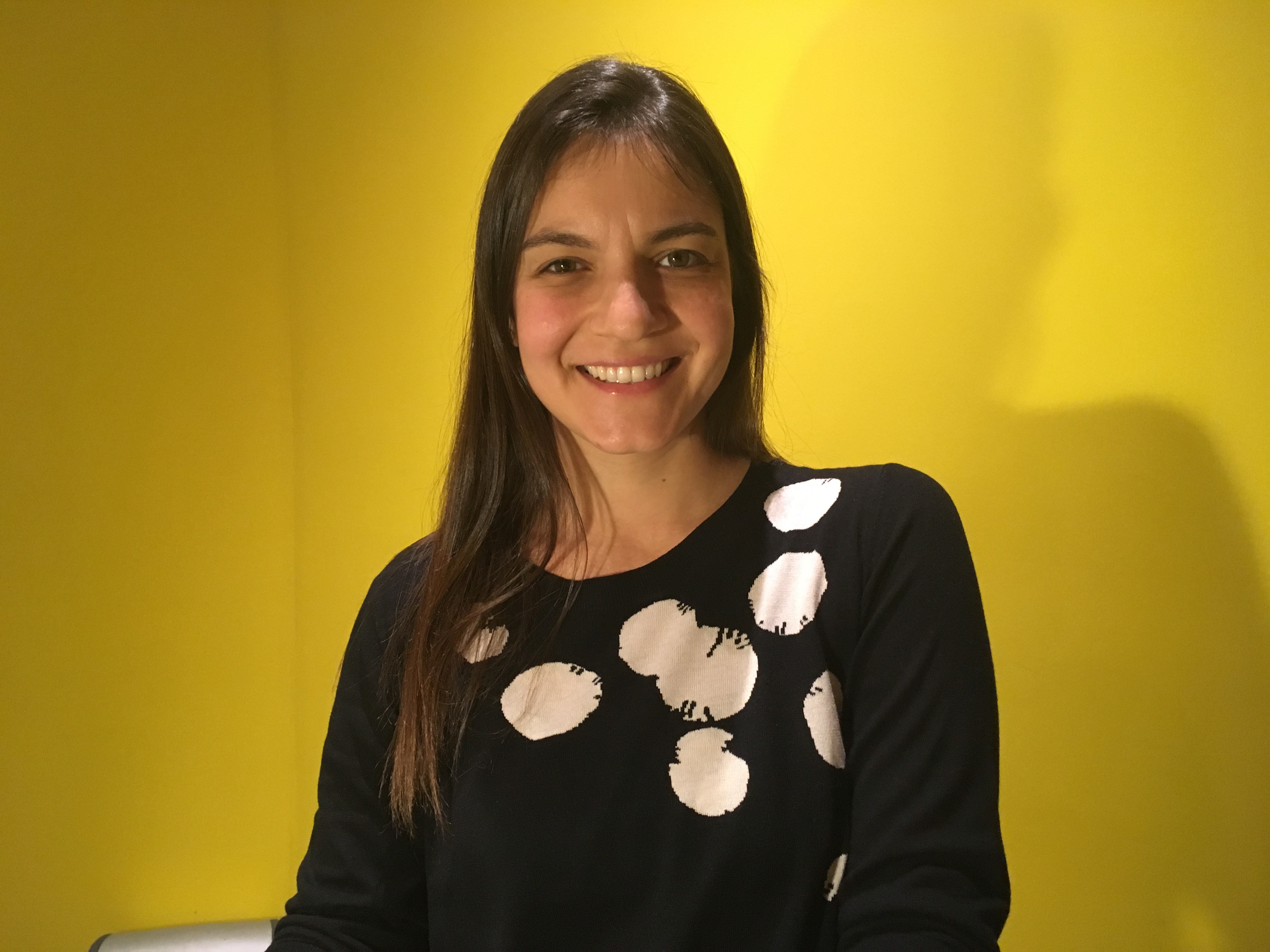Conversations with corporate researchers
Sili Hacihanefioglu
Marketing Intelligence Lead, Turkcell
 Describe your journey to becoming a researcher at Turkcell.
Describe your journey to becoming a researcher at Turkcell.
I began my career at GfK in 2005 where I was responsible for major and small domestic appliance categories in the retail audit department. After about two years, I accepted a job offer from Synovate (today’s IPSOS) as a telecom, FMCG and tobacco research manager. Those five years were the best and most challenging years of my career. During that period, the telecom sector in Turkey was booming and the results and insights we obtained from our research were fascinating. I was impressed by the razzle-dazzle and the enthusiasm of the category. For a few years I dreamed of working at Turkcell, which was the market leader in Turkey and among the Top 5 GSM companies in Europe. I found myself thinking about how Turkcell and I would mutually benefit – how I could add value to their business. My dreams finally came true in 2011 and I have been the marketing intelligence lead ever since.
I still love deep-diving subjects each and every day.
What are some of the day-to-day challenges you face as a researcher?
Telecommunications is the fastest-growing sector all over the world. It’s even faster than FMCG in terms of new product launches, tariffs, apps and ads. Working in this sector is a challenge. For instance, we conduct post-test surveys for almost 250 TV ads per year. Trends that are very inspiring today may be replaced by something else in a very short period of time. As a result, we must track changes weekly or even daily as opposed to monthly, quarterly or yearly.
Among this chaos, every task is urgent – all the reports are due yesterday. To be able to survive this world, one has to be forward-looking, alert and work with fast-delivering companies. Being fast is the biggest challenge and it makes my job more exciting.
Do you prefer to work with qualitative or quantitative methodologies? Why?
None of the above – I prefer neuroscience tools!
As an engineer, you’d expect me to say quant but I like them both. I sometimes need to deliver actionable insights and recommend fine-tunings for ads from focus groups. On the other hand, from time-to-time I need to discover the strength and magnitude of KPIs, which can only be achieved by surveys.
I always prefer taking advantage of new technologies and neuroscience tools that leave no room for bias and can diminish the margin of error. It’s faster and sometimes even cheaper than conventional techniques. I am fascinated by the results of the implicit reaction time test, while eye-tracking study reports are fun to watch and the feeling of mind-reading is very exciting via EEG tests.
At Turkcell, we have been focusing on different neuroscience techniques for many years and I will be trying to share my experience and know-how at the Quirk’s Event in 2017.
Of all the market segments you research, is there one that seems more open to participating in the research process than others?
Housewives, definitely! It may only be the case in Turkey but housewives here have free time to talk, attend focus groups and take surveys. They love stating their opinions and fight for what they believe. You see women participating in focus groups suddenly become close friends and start exchanging recipes, gossiping about their mother-in-laws and complaining about their husbands to each other. Although it is very fun to watch the energy from the other side of the table, moderators sometimes have a hard time calming them down to focus on the subject. I believe that the most valuable insights are caught during those chitchats.
What new research projects and/or methodologies will you be focusing on in 2017?
As you can expect from my previous answers, my team is planning to spend more time and effort on neuroscience this year. We have been using hybrid methodologies for ad tests, such as combining EEG and eye-tracking. This year we’ll try adding facial coding to this package. Implementing implicit reaction time tests for brand image attribute tracking is another idea we have in mind. We will focus on trying to eliminating human error as much as we can.
